Flashback articles often focus on hardware features. For example, in the history of the iPhone 4 we talked about the new Retina Display, the updated camera, the glass and metal sandwich structure and so on. But software can be as important as hardware, if not more.
The iPhone 4 launched with iOS 4, which introduced FaceTime video calling paired with Apple’s first front camera. However, the launch of iOS 4 has meant a lot to older iPhone owners as well, as it has made their devices much better. In fact, iOS 4 could be one of the most important releases for the platform.

First, we need to address the name. The original software was called iPhone OS as that was all. However, months after the original iPhone, Apple launched the iPod. Then in 2010 came the iPad. Then the software was renamed to iOS to cover all the iDevices it powered (Apple restored it a few years ago and we now have iPadOS, tvOS, etc.).
Second, the introduction of multitasking was the biggest change to the platform since iPhone OS introduced the app store. Of course, the way iOS 4 did it wasn’t true multitasking. When you quit an app, it stops running. The state of the app would be saved so that it can be restored when you go back, however, the app cannot do anything in the background.
There were exceptions: some apps could perform some tasks. For example, iPod (the native music player app) and Pandora may continue to play even if minimized. Other allowed background activities included Internet telephony and satellite navigation.

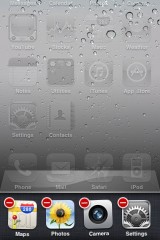


Multitasking interface • Deleting some apps • iPod controls • Portrait orientation lock / unlock
This offered a pretty compelling facsimile of true multitasking – many apps sit idle waiting for user input, which wouldn’t have come if the app wasn’t on screen, so it might as well be paused. However, apps such as Navigon’s MobileNavigator may continue to provide driving directions even if the app is not active, for example because you received a phone call.
Multitasking was available on the then-new iPhone 4, the most powerful Apple phone ever made with its 1.0GHz Cortex-A8 CPU (ARMv7) and 512MB of RAM. It was also enabled on the older iPhone 3GS (600MHz A8, 256MB RAM), but not the older models as they used ARMv6 CPU and only 128MB of RAM.
The fast-growing Apple App Store has already had several hits that have entered pop culture. To remember angry Birds, Doodle jumps, Fruit Ninja, Cut the rope and other? But where to put all those apps? Previous versions of iOS limited users to 180 screen shortcuts.
The solution was obvious: folders. This increased the limit to 2,160 apps. The number of items on the home screen remained the same, 180, but each folder could hold up to 12 icons (no subfolders, though). The newly created folders would automatically get a name based on the apps you entered into them (you could manually change the name later).




A home screen folder • opening a folder • editing a folder
Another new feature in “wait, couldn’t he do it before?” the category is wallpapers. Yes, wallpapers. There were 27 pre-installed wallpapers to choose from, you can also use your own image or Retina Display as Apple called it. The lock screen and home screen may also have separate images. Sorry, iPhone 3G owners, your phone is too slow and wallpapers make the scroll animation too unstable – no wallpaper for you.




Wallpapers! • Select an image for the lock screen or home screen • Custom images
But iOS 4 wasn’t influential because of the wallpapers. All iPhones up to 4 had the same basic display configuration: 3.5 “with a resolution of 320 x 480 px. The iPhone 4 quadrupled the pixels to 640 x 960 px, resulting in a much sharper picture. The aspect ratio remained at 3: 2, but this laid the foundation for diversifying and improving displays on Apple devices (the iPhone 5 would bring a higher 16: 9 screen in 2012).
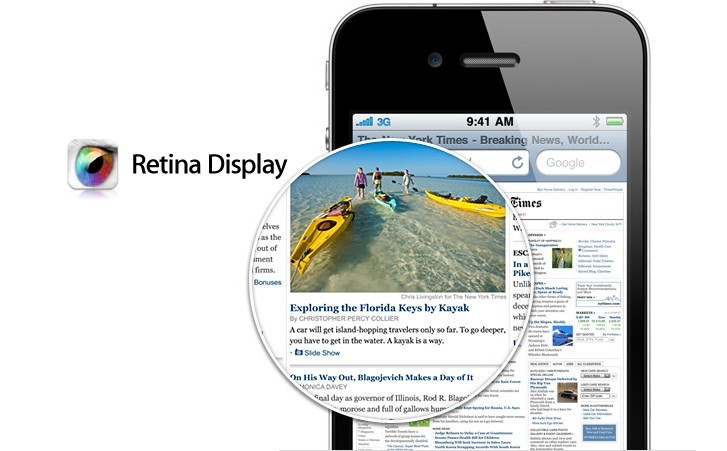
We also mentioned FaceTime. It was sold on the App Store as a $ 0.99 app – Apple wanted to offer it for free, but ran into some legal hurdles. It initially only worked over Wi-Fi, but operation over 3G was enabled a year later. FaceTime was joined by iMessage in 2011: Apple’s two exclusive communication channels are two of the tallest walls in its walled garden (the “green bubble” is a stigma).
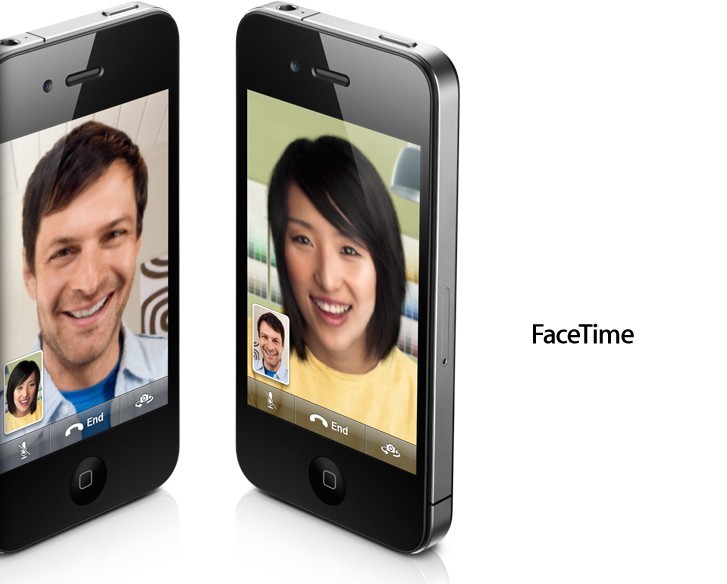
iOS 4 has also improved the search. Spotlight may now launch a web search (using your chosen search engine or Wikipedia), plus you can choose from Google, Yahoo! and Bing as the default engine.
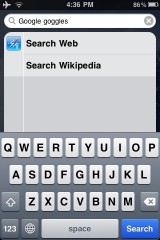
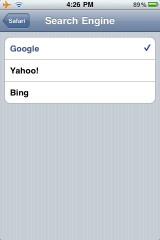
Spotlight may send web searches to Safari • Choose a default search engine
Apple now has a reputation as one of the most privacy-conscious companies. iOS 4 was a step towards that reputation as it introduced user controls to allow / ban location services for individual apps.
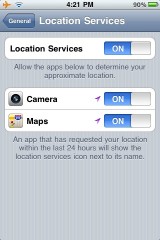
Which apps should be allowed to track your location?
iOS 4 also went a long way in making the iPad the productivity tool Steve Jobs wanted it to be. It introduced Bluetooth keyboard support with a few different layouts. It wasn’t long before iPad keyboard cases appeared on the market.

Setting the layout for a Bluetooth keyboard
If you want to learn more about iOS 4 from a 2010 perspective, check out our contemporary review (conducted on an iPhone 3GS).

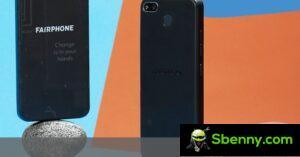

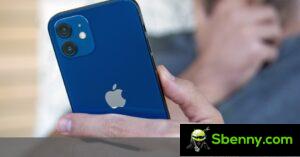

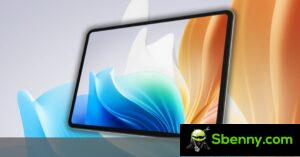

Start a new Thread